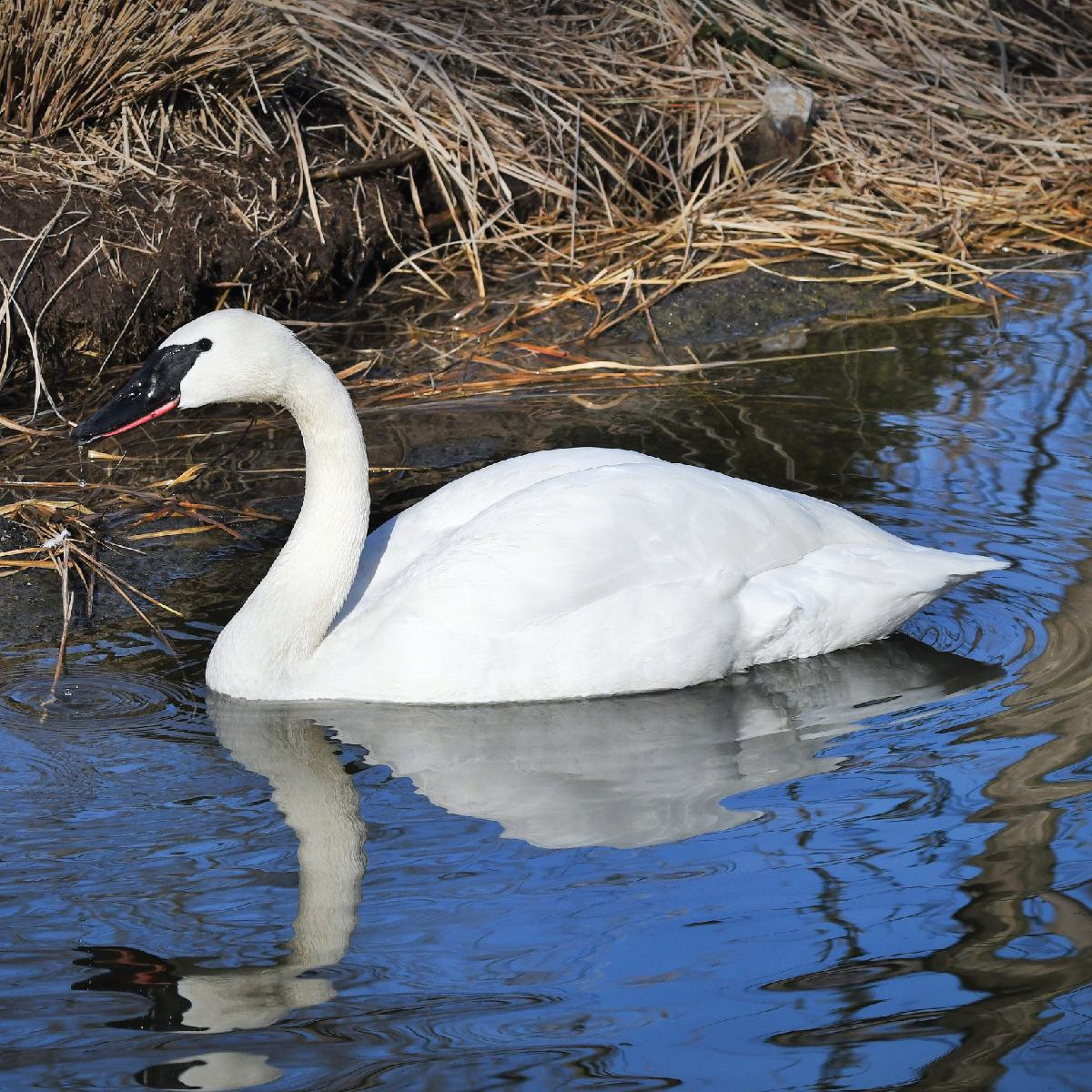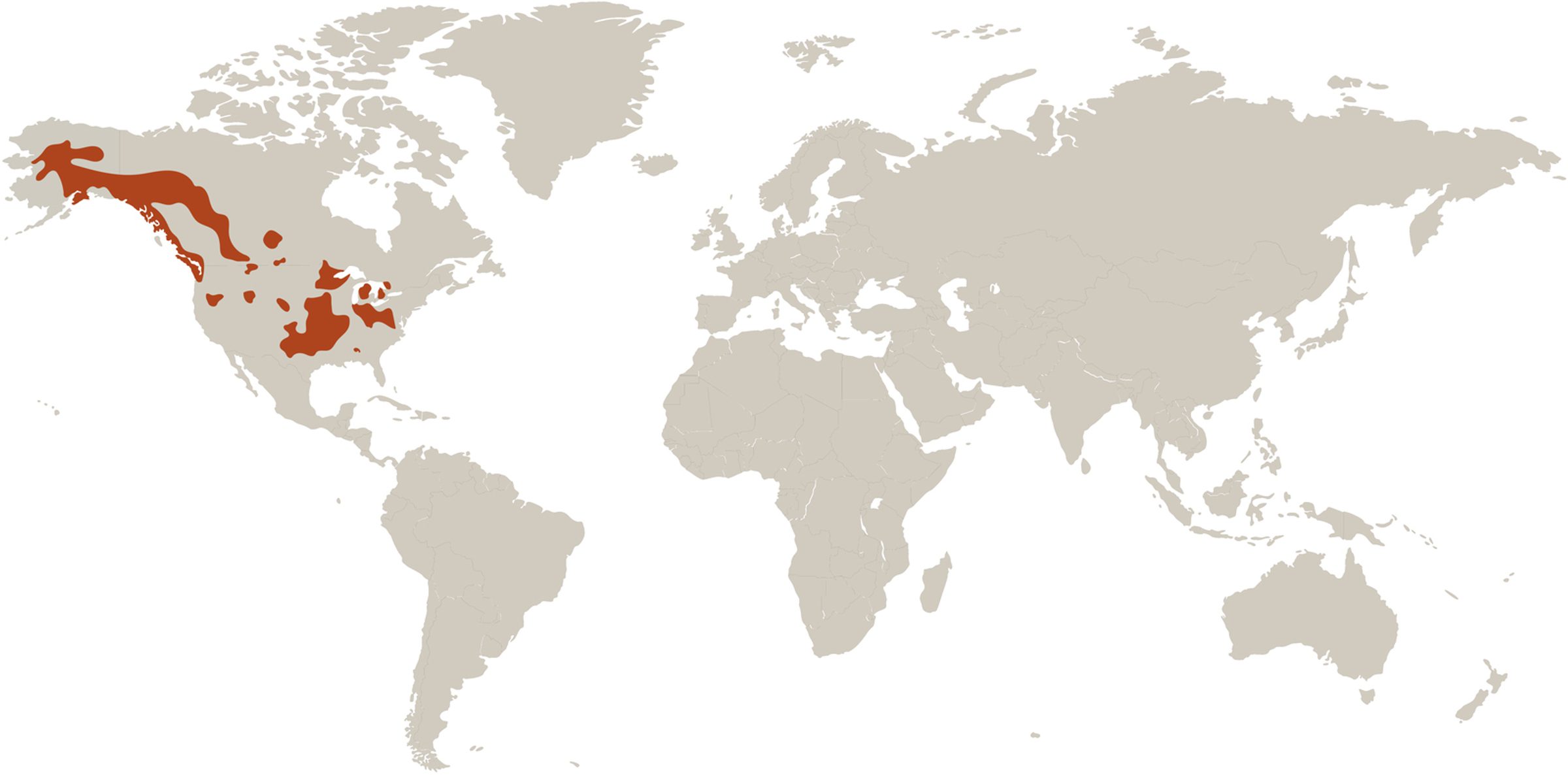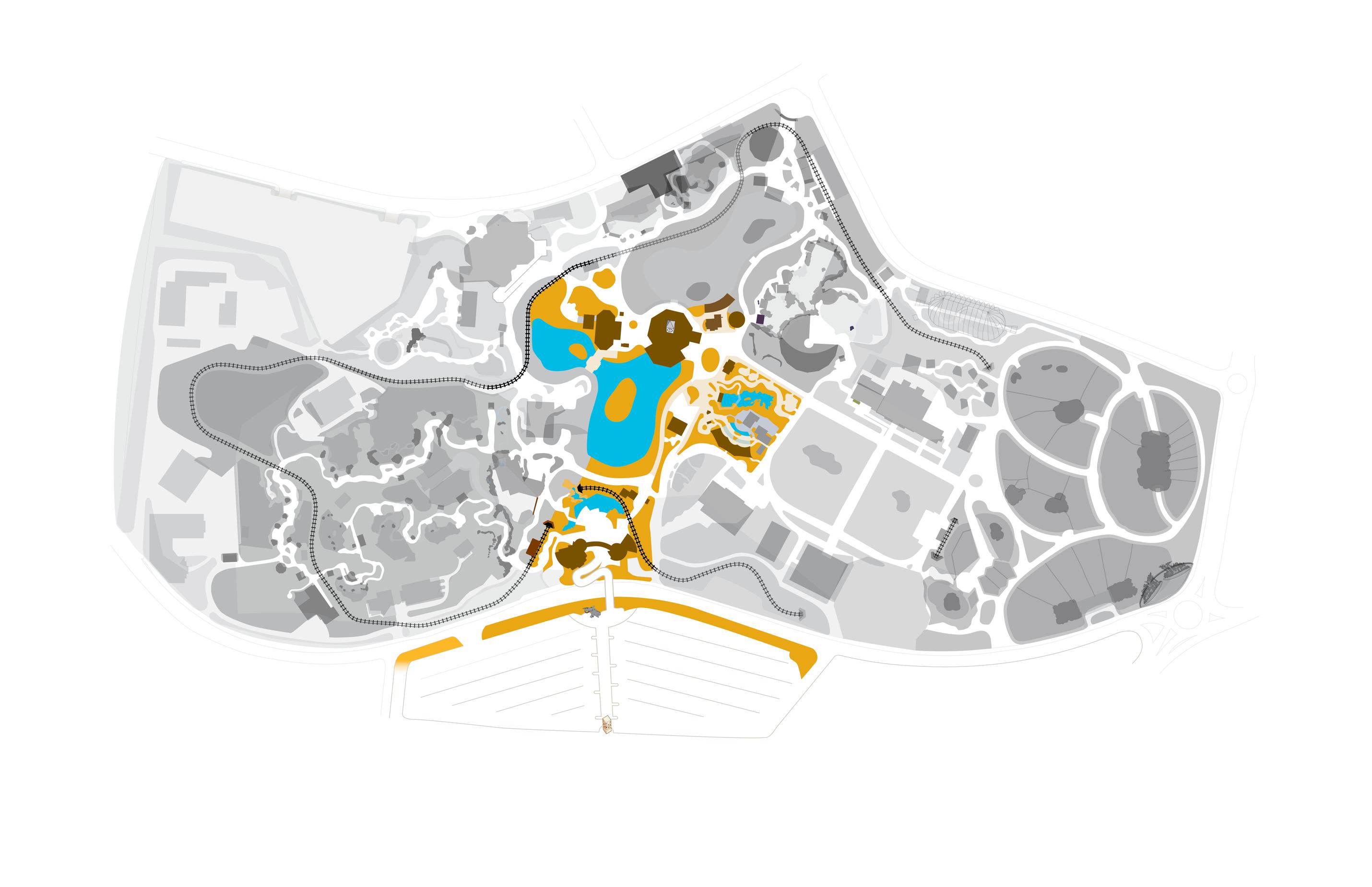
Trumpeter Swan
Cygnus buccinators
Did you know?
- Favorite foods include plant material, such as roots, leaves and stems of aquatic plants.
- These birds often mate for life.
- Nests are built by both the males and females.
- Females typically lay four to six eggs.
- The young can swim at less than one day old, though they aren’t able to fly until they are three or four months old.
Big Birds
With a wingspan exceeding 7 feet, the trumpeter swan is the largest of all waterfowl species.
Popular Winter Birds
The nearby Audubon Center at Riverlands, located in West Alton, has the largest winter population of trumpeter swans in the lower 48 states.
Threat Level
- Unknown
- Common
- Near Threatened
- Threatened
- Endangered
- Critically Endangered
- Extinct in the Wild
Common
The Trumpeter Swan is widespread and abundant.
Range
North America
Habitat
Open habitats near water bodies such as estuaries, lakes and rivers that remain at least partially ice-free year round.

We care about trumpeter swans
The Saint Louis Zoo supports trumpeter swans in Lakeside Crossing.
Find this animal in Lakeside Crossing

SAINT LOUIS ZOO ZONE
Lakeside Crossing
Located in the center of the Zoo, Lakeside Crossing has a variety of food services, shopping destinations and a grassy plaza to rest and relax.

